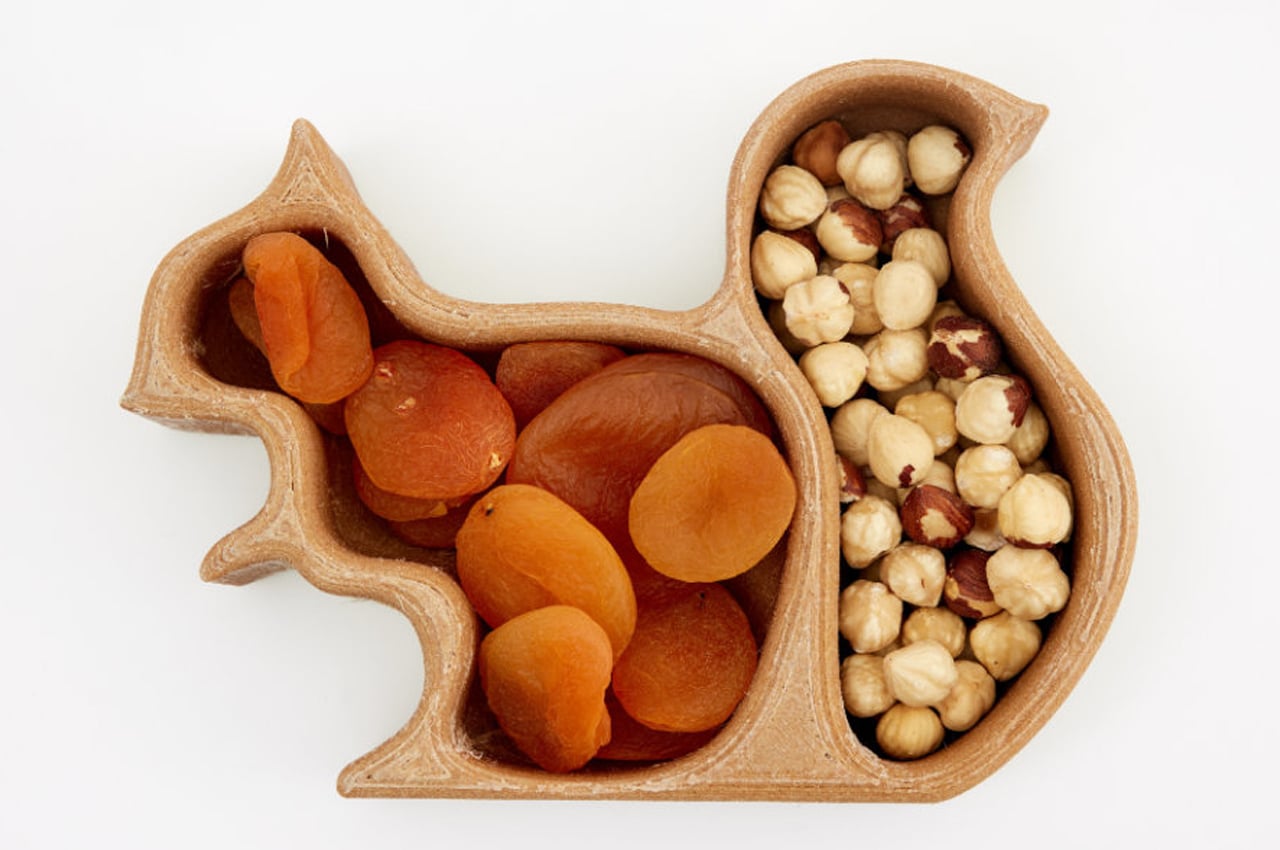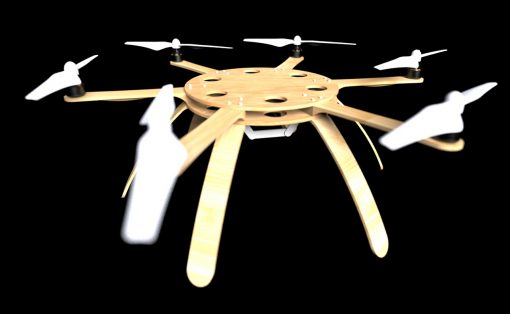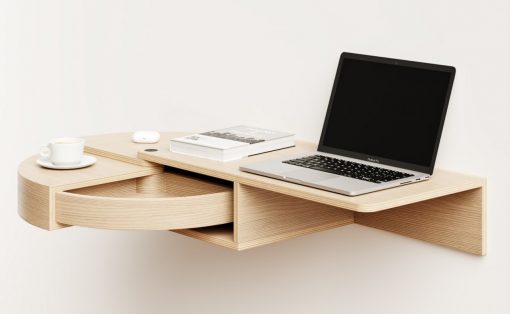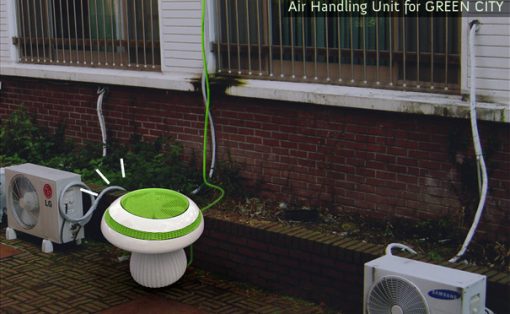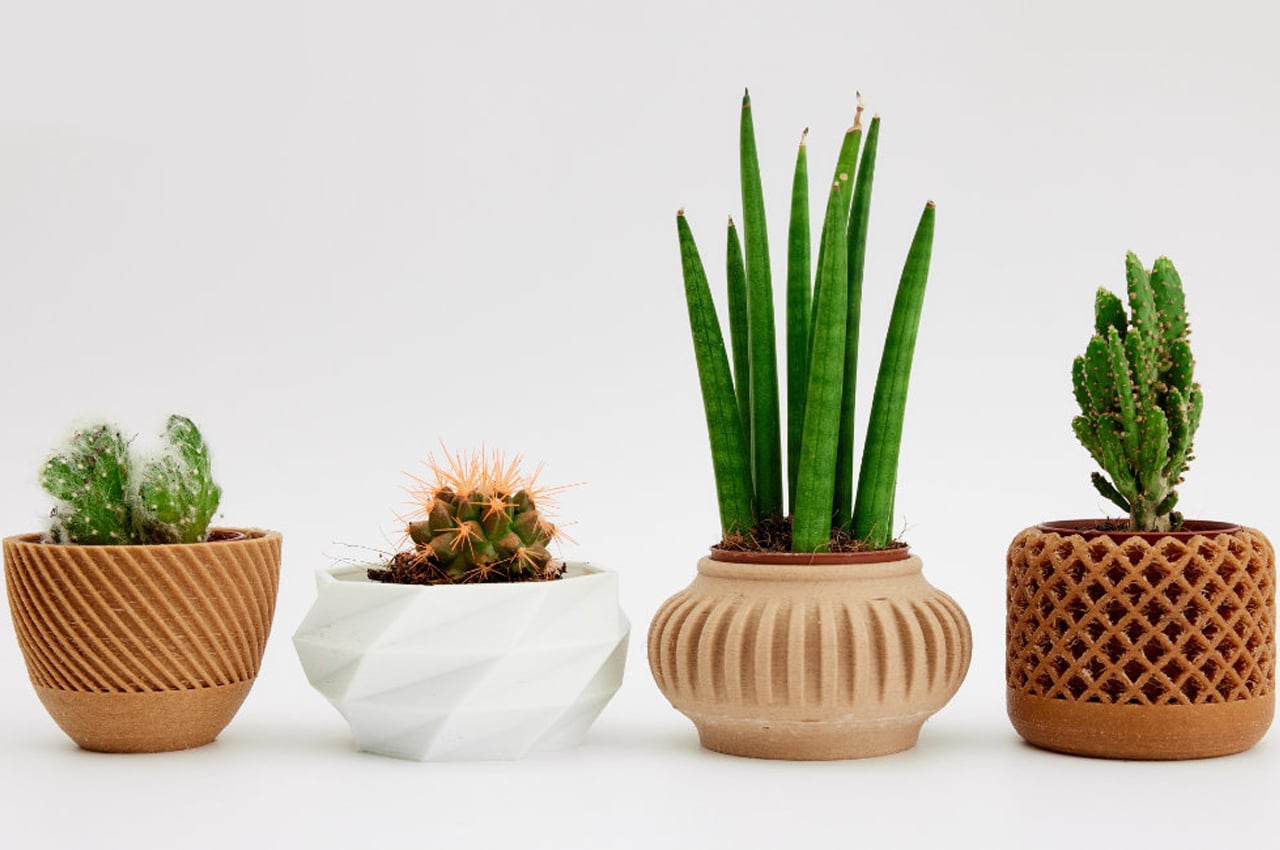
Greenfill3d is a Polish home goods and furniture company that uses wheat bran waste to 3D print home goods items like storage compartments and advertising racks.
One of the easiest ways we can reduce our personal carbon footprint is by taking a look at the build of items we use on a daily basis. A closer look reveals that many of the products we surround ourselves with are made from materials that aren’t so great for the landfill. Designed for obsolescence, most of these plastic-based products end up in landfills where they might remain for years to come.
Hoping to change the way we consume home goods and everyday products, the Polish company Greenfill3d produces items that are made from biodegradable or bio-compostable materials in accordance with the ideas of zero-waste and the circular economy.
Designer: Greenfill3d
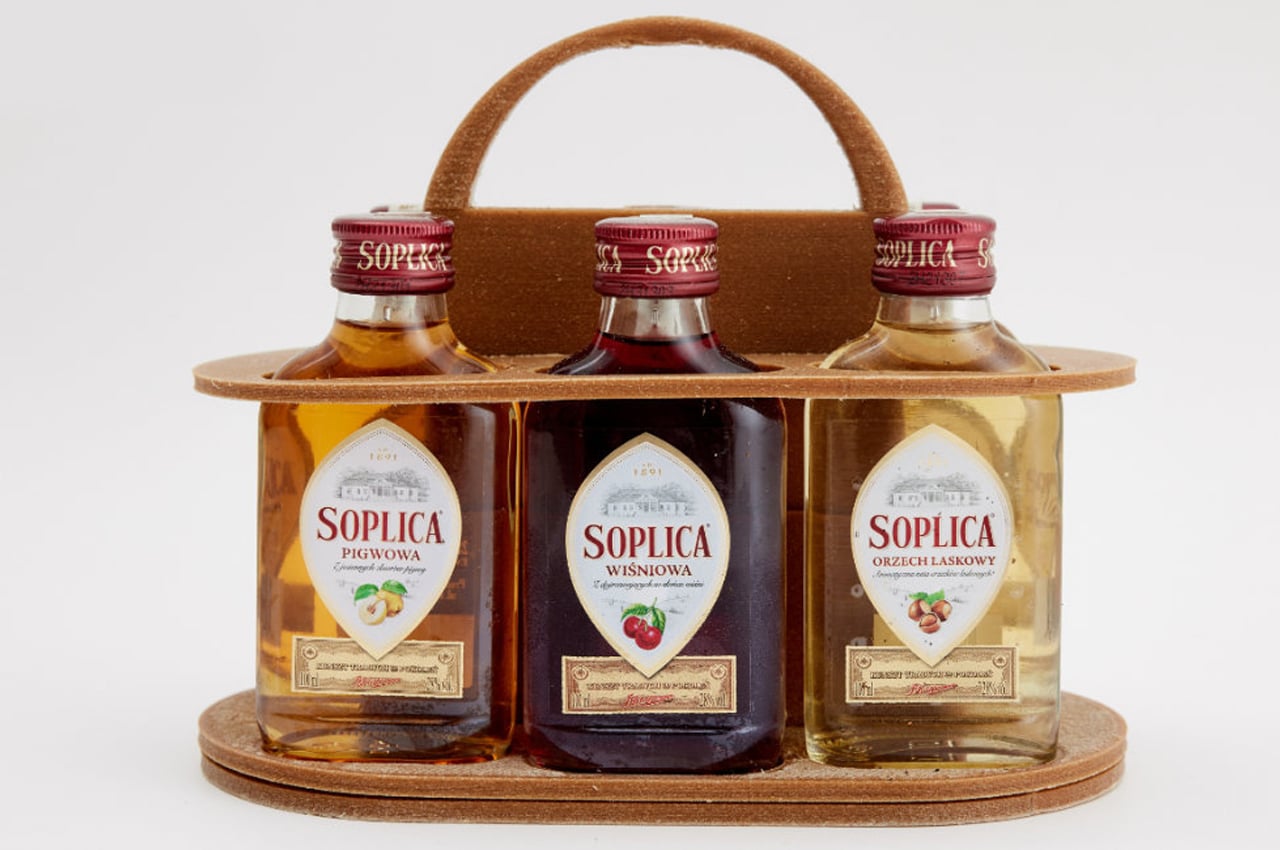
Each item that comprises Greenfill3d’s home goods collection is composed of multiple parts that are 3D-printed individually. The advertising stand, for instance, consists of 34 individual elements, each of which are 3D-printed separately and then pieced together for an easy assembly.
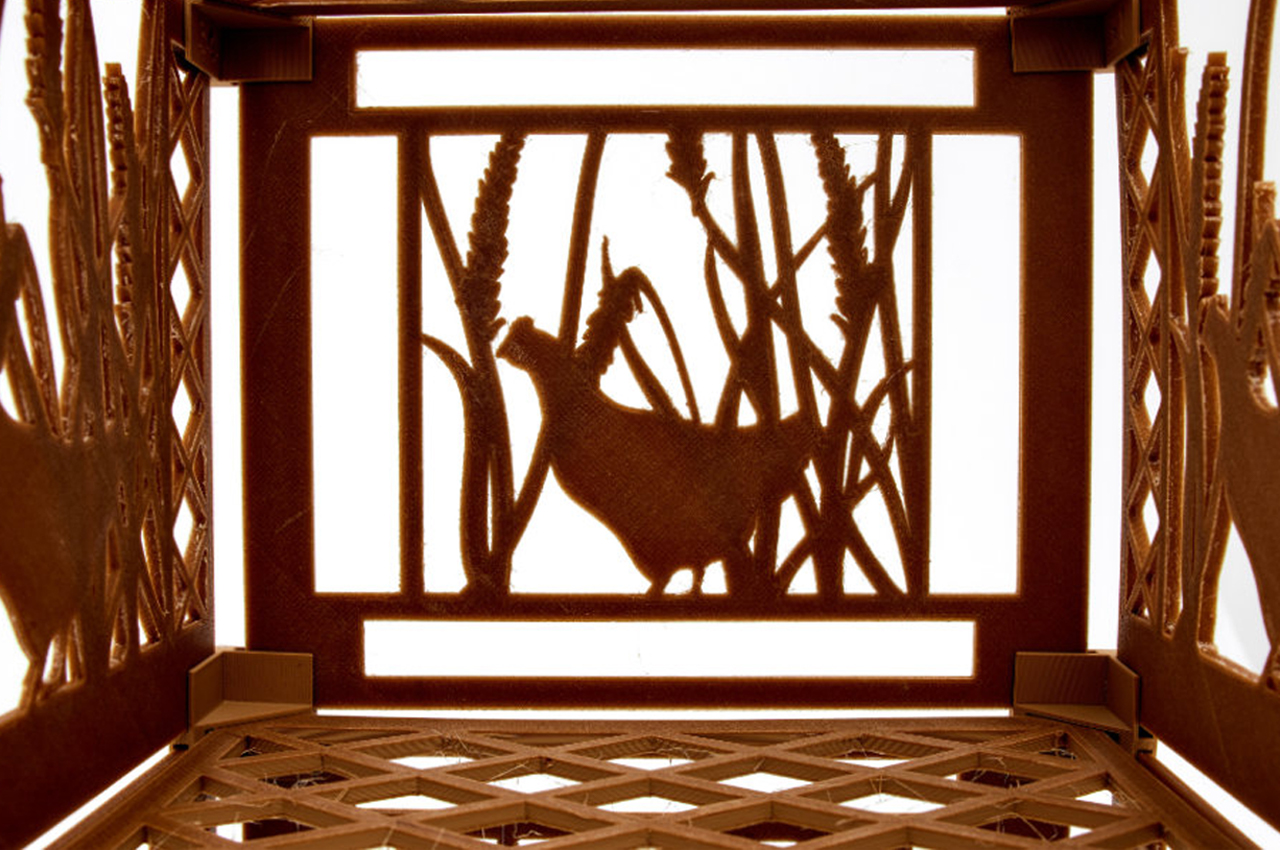
Each product from Greenfill3d’s collection is made from one of three sustainable materials: GF3D Branfill3d (wheat bran material), BioWOOD (wood powdered material), and BioCREATE (compostable material). In collaboration with one of Europe’s largest food producers, Greenfill3d collects wheat bran waste from pasta.
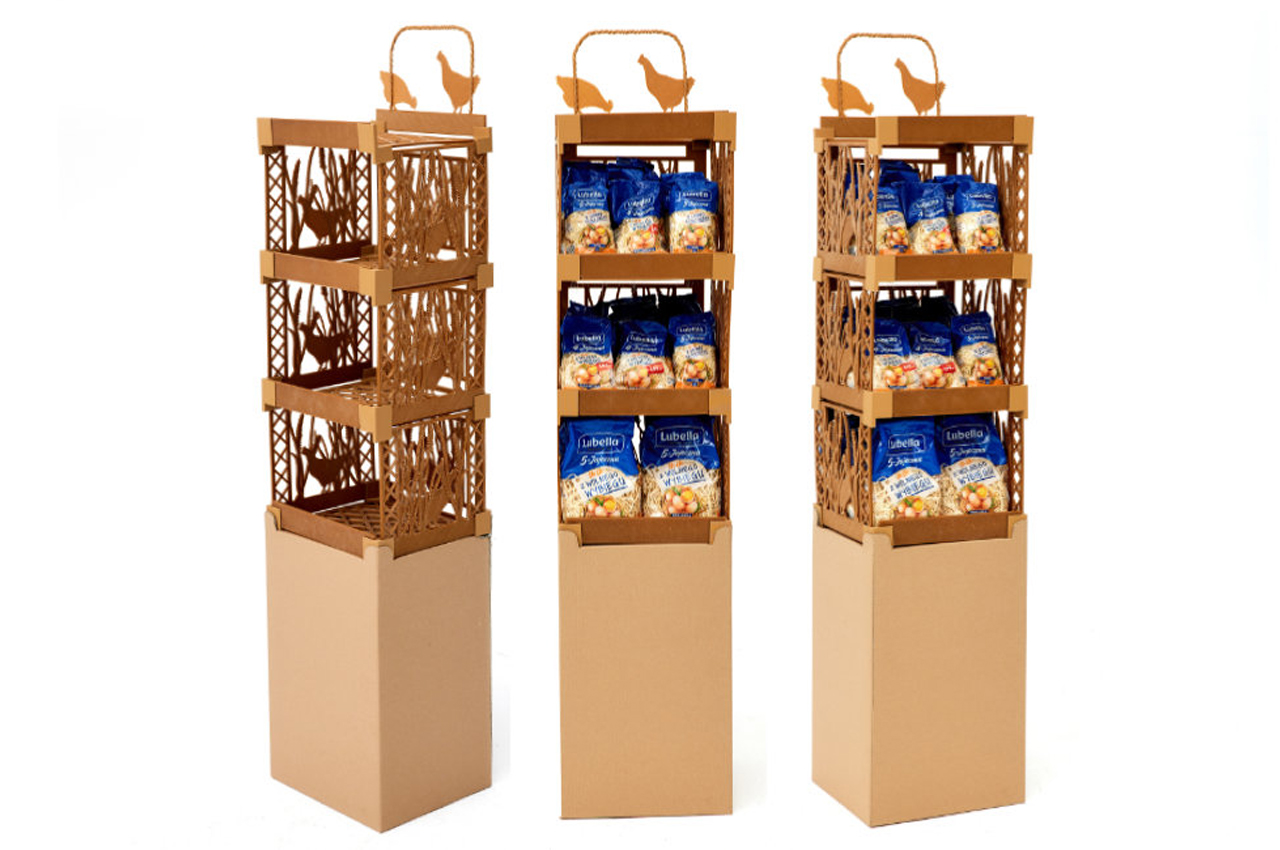
From there, the waste is measured for production before it’s combined with polylactic acid (PLA) to develop a filament used in 3D printing. This mixture of PLA and wheat bran waste, what Greenfill3d calls GF3D, is then fed into 40 3D printers to create everyday items like storage cabinets and advertising racks.
